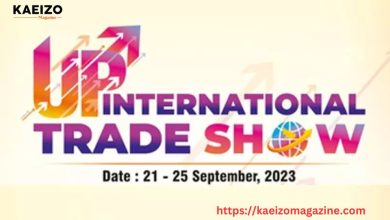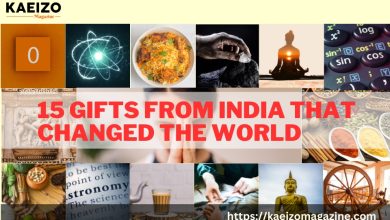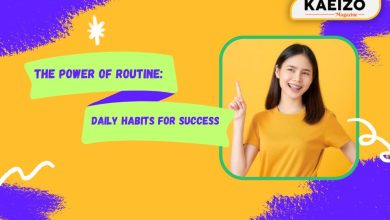Why Looking Poor Is Important: Embracing Modesty for True Financial Freedom
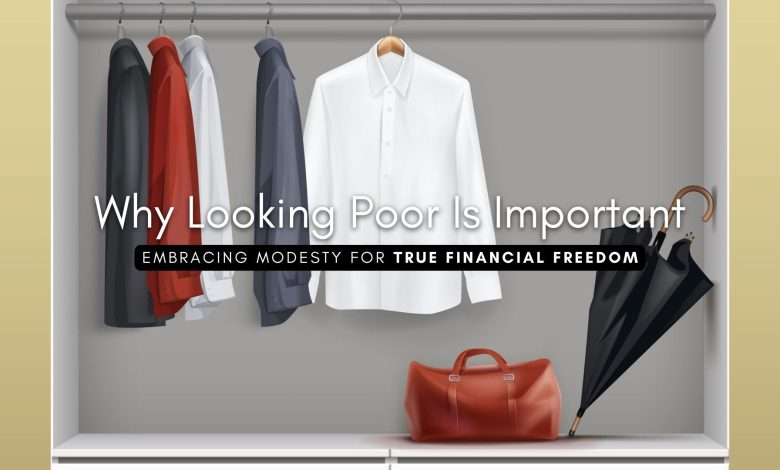
In today’s image-obsessed society, where flashy displays of wealth are often mistaken for success, there is an emerging philosophy that champions modesty and simplicity. “Looking poor” is not about actual deprivation or living in poverty; it’s a conscious, strategic choice that prioritizes genuine wealth-building, sustainable financial habits, and authentic relationships over superficial status symbols.
Challenging the Wealth-Obsessed Mindset
Why looking poor is important – For decades, societal norms have equated success with material accumulation—luxury cars, designer clothes, extravagant vacations, and other visible markers of wealth. However, this relentless pursuit of luxury can trap individuals in a cycle of overspending and lifestyle inflation. By choosing to downplay outward displays of wealth, individuals can free themselves from the pressures of maintaining an image that is more about appearance than substance.
A Shift in Perspective
Adopting a “poor” appearance is not a sign of failure; rather, it is a deliberate decision to focus on what truly matters: financial independence, personal growth, and authentic living. It’s about channeling energy into accumulating real assets and experiences rather than succumbing to societal pressures to display wealth.

The Dero Effect: Breaking the Cycle of Excess
One of the key arguments for embracing a modest look is what can be termed the “Dero Effect.” This concept explains how the acquisition of expensive items often triggers a cascade of additional spending—maintenance, accessories, upgrades—that cumulatively drain financial resources.
Understanding the Dero Effect
When you invest in luxurious items, you not only pay a high initial cost but also face ongoing expenses to sustain that image. Over time, these costs add up, making it harder to save money and invest in more substantial financial opportunities. By resisting the temptation to overspend on high-end items, you can avoid this cycle of consumption and focus on long-term wealth accumulation.

Debt, Lifestyle Inflation, and the Hidden Costs of Appearances
A modest lifestyle can also help protect against the pitfalls of debt and lifestyle inflation—the phenomenon where increased income leads to higher spending rather than increased savings.
The Trap of Debt
When individuals feel compelled to maintain an image of wealth, they often incur debt to finance their lifestyle. This debt can limit financial freedom, forcing people to stick with jobs they may not enjoy merely to service their financial obligations. In contrast, by keeping expenditures in check and living modestly, you reduce the risk of falling into a debt trap and gain the freedom to pursue fulfilling opportunities.
Fighting Lifestyle Inflation
Even as incomes rise, many fall victim to the allure of spending more. The desire to upgrade lifestyles often outpaces the need to save, leaving many with less financial security than expected. By consciously choosing not to flaunt wealth, you keep lifestyle inflation at bay, allowing you to invest more in your future.
The Escalation of Commitment: Avoiding the Sunk Cost Fallacy
Investing heavily in luxury can create a psychological trap known as the escalation of commitment, where individuals continue to pour resources into maintaining their image—even when it no longer makes financial sense.
Redirecting Resources
The sunk cost fallacy can compel you to justify further expensive purchases to “complete” an image, which only deepens financial obligations. By avoiding this trap and focusing on minimalism, you can redirect those resources into more meaningful investments—whether that means building savings, investing in education, or pursuing entrepreneurial ventures.

Building Authentic Relationships Through Modesty
Beyond the financial benefits, a modest appearance can also improve the quality of your relationships. When your worth isn’t measured by the brands you wear or the car you drive, you create space for genuine human connections.
Filtering Out Superficiality
Often, the display of wealth can attract relationships that are based more on financial gain than on genuine connection. By choosing to look less affluent, you minimize the risk of forming superficial relationships. This approach encourages friendships and partnerships founded on shared values and authentic interactions, rather than on material status.
Fostering Trust and Respect
When you are not constantly showcasing wealth, people tend to see you as more relatable and trustworthy. This authenticity can foster deeper connections in both your personal and professional life, leading to relationships built on mutual respect and genuine support.
Safety, Security, and the Benefits of Blending In
Another practical benefit of adopting a modest appearance is enhanced personal safety and security. Flashy displays of wealth can attract unwanted attention, including potential theft or exploitation.
A Protective Barrier
When you choose to appear modest, you naturally reduce the risk of becoming a target for crime. Blending into your surroundings without overt signs of affluence helps you maintain a lower profile, protecting both your physical and financial well-being. This is especially important in environments where crime rates are high or where scams are prevalent.
Embracing a Modest Lifestyle: Practical Steps
If you’re convinced that looking poor is a wise strategy for long-term success, here are some practical tips to help you embrace a more minimalist lifestyle:
Curate a Timeless Wardrobe
Evaluate your wardrobe and remove items that are overly flashy or trendy. Invest in timeless, versatile pieces that speak to quality rather than luxury. Neutral colors and classic cuts often convey an understated elegance that aligns with the philosophy of modesty.
Declutter Your Space
A cluttered environment can reflect and reinforce the desire for more—more possessions, more expenses, more worry. Decluttering your living and working spaces not only reduces stress but also reminds you of the value in simplicity. A minimalist space is easier to manage and supports a mindset focused on what truly matters.
Practice Mindful Consumption
Before making any purchase, ask yourself if the item truly adds value to your life. Adopting mindful consumption habits can help you avoid impulse buys and reduce unnecessary expenses. This discipline not only saves money but also aligns with the broader goal of achieving financial freedom.
Invest in Experiences
Shift your focus from material goods to experiences. Travel, personal development, and quality time with loved ones often provide lasting satisfaction far beyond the fleeting thrill of a new luxury item. This focus on experiences over possessions can significantly enhance your quality of life.
The Broader Impact: A Statement Against Overconsumption
Choosing to look poor is more than just a personal financial strategy—it’s a statement against the rampant consumerism that pervades modern society. It challenges the notion that self-worth is determined by outward displays of wealth and invites a broader cultural shift towards valuing substance over style.
Contributing to a Sustainable Future
By embracing a minimalist approach, you contribute to reducing overconsumption and waste. This lifestyle not only benefits your personal finances but also has positive implications for the environment. In a world increasingly aware of sustainability, living modestly can be a powerful stand for responsible consumption.
Inspiring Others
Your choice to live modestly can also inspire those around you. When people see the benefits of focusing on genuine wealth and authentic relationships, it can encourage a broader movement toward more sustainable, fulfilling lifestyles. In this way, looking poor becomes a catalyst for positive change, both personally and socially.
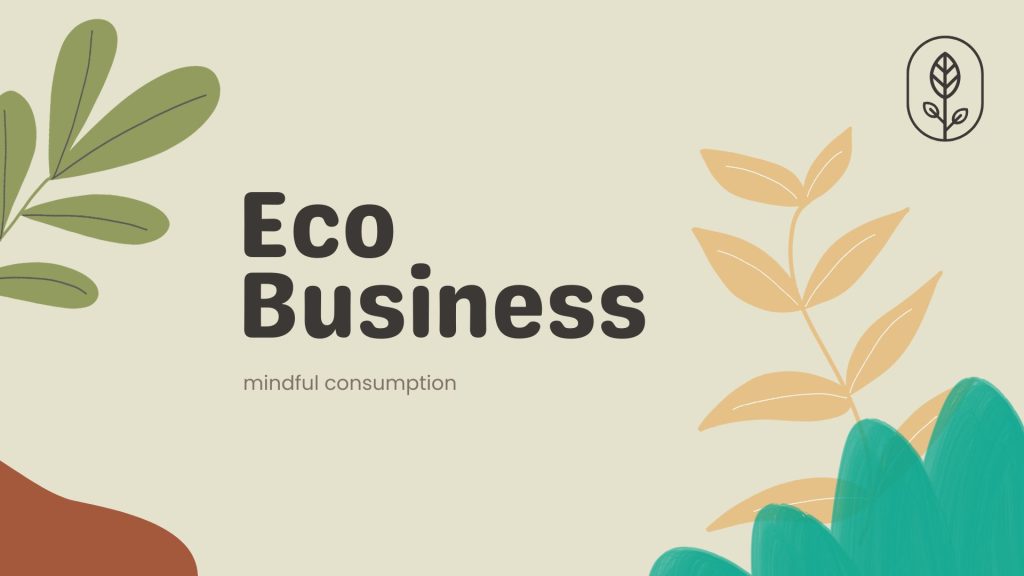
The True Value of Modesty
In a society dominated by images of wealth and status, choosing to look poor is a radical yet empowering act. It’s a decision to focus on long-term financial health, authentic relationships, and personal well-being rather than chasing the fleeting satisfaction of material excess. By embracing a modest appearance, you free yourself from the relentless pressure to keep up with superficial standards, enabling you to invest in what truly matters.
Ultimately, looking poor isn’t about denying success—it’s about redefining it. It’s about prioritizing inner growth, financial freedom, and sustainable living over the empty pursuit of appearances. In doing so, you not only secure your future but also contribute to a more authentic, connected, and sustainable society.
Whether it’s by curating a timeless wardrobe, decluttering your space, or practicing mindful consumption, the journey toward a modest lifestyle is one of empowerment and liberation. Embrace the philosophy of looking poor, and discover the wealth of true value that lies in simplicity and authenticity.

